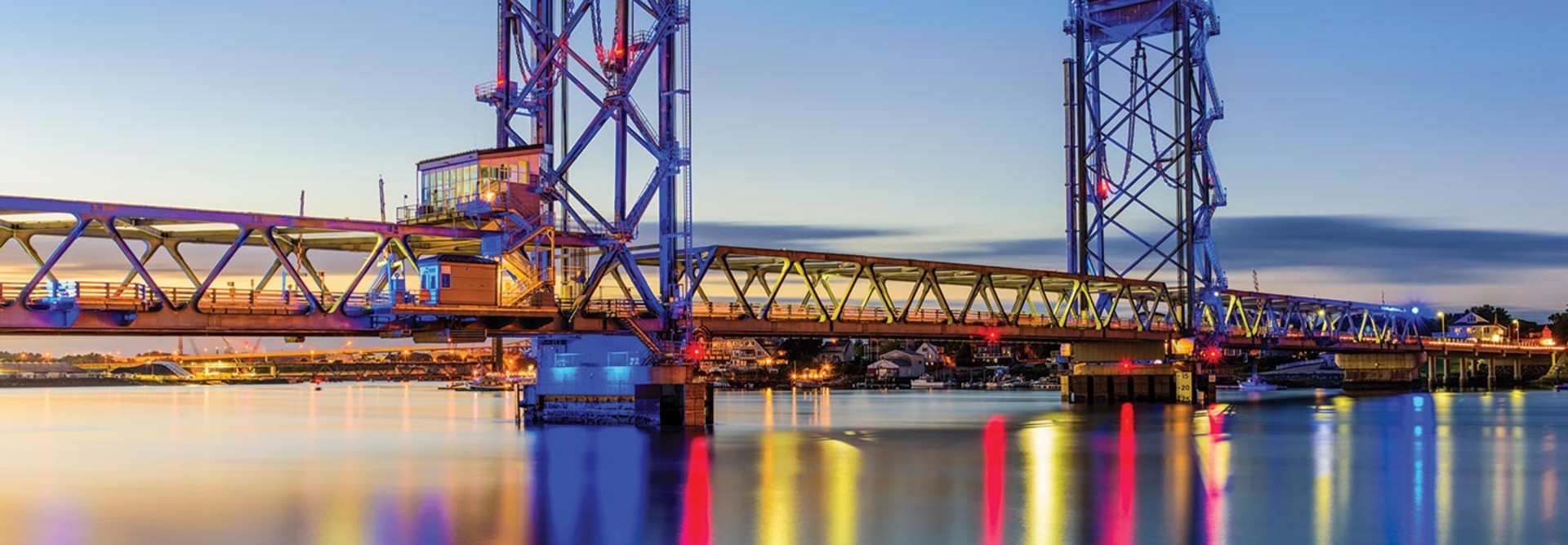Smart Bridges Up the Ante on Structural Safety
In 2007, the I-35 bridge carrying traffic over the Mississippi River in Minneapolis collapsed during evening rush hour. Thirteen people were killed and another 145 were injured.
Built in 1967, the bridge had a life expectancy of about 50 years. Rebuilt, it includes new technology that promises to prevent such unforeseen disasters in the future.
Smarter, More Secure Structures
There are about 185 million daily crossings on about 56,000 structurally deficient bridges in the United States, accounting for about 10 percent of bridges nationwide, according to data released in January by the Federal Highway Administration. As bridges are repaired or replaced, some — like the I-35 bridge — include so-called smart-bridge technology that alerts engineers to deficiencies before problems arise. Bridges can be repaired more efficiently, and more cost-effectively.
When the I-35 bridge was rebuilt — at a cost of $234 million — about 500 sensors were embedded in the concrete.
“To my knowledge, it is one of the most heavily instrumented bridges in the country,” said Ben Jilk, final design unit leader and principal engineer at the Minnesota Department of Transportation’s Bridge Office. Data gathered from the sensors include strains, accelerations, overall longitudinal movement of the bridge, and temperatures. The data also supplements bridge inspection reports. The collapse prompted a $19 million study by the University of Michigan and the National Institute of Standards and Technology to develop an infrastructure monitoring system for bridges.
“Nobody really thinks about bridges until they fall down, are deficient and have to be rebuilt,” said Martin Wosnik, associate professor of mechanical engineering at the University of New Hampshire.
Wosnik and his colleague, Erin Bell, department chair and associate professor of civil and environmental engineering, are leading the Memorial Bridge project. That bridge spans about 1,000 feet across the Piscataqua River, connecting Portsmouth, N.H., to Kittery, Maine. It was rebuilt in 2013 when it was discovered to be structurally deficient.
Bringing Bridges to Life
The bridge is in the process of being transformed into a so-called “living bridge,” which includes smart-bridge technology that will report data about structural stability as well as weather and traffic patterns. About 60 sensors for structural monitoring were installed on the bridge in February.
“Bridges like this can do far more than get you from A to B,” Bell says in a video released by the National Science Foundation. The project has received $1.2 million in funding from the NSF and the New Hampshire Department of Transportation.
The project also calls for a weather station to be included to monitor temperature and humidity, known to affect a bridge’s life span. Sensors also will help to monitor the marine ecology below and share that information with local schools. Everything will operate on power produced by a 10-foot by 7-foot tidal turbine system that will be situated under the bridge and operational later this year.
“We’ll be able to detect problems long before they become problems,” Wosnik says.








